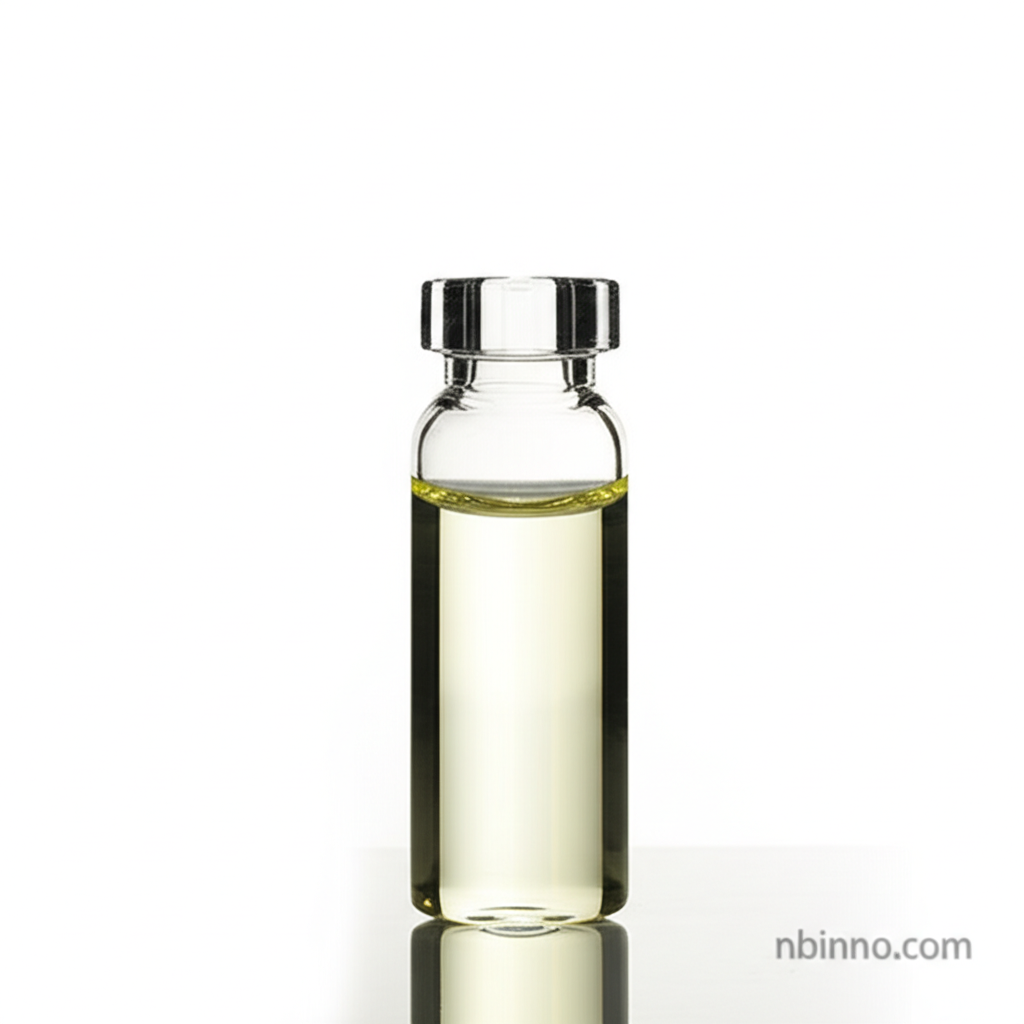Tetrahydro-2,3,5,6-tetramethyl-4H-Pyran-4-one: Properties, Synthesis, and Applications in Organic Synthesis
Discover the essential properties, diverse synthesis routes, and key applications of this vital organic synthesis intermediate.
Get a Quote & SampleProduct Core Value

Tetrahydro-2,3,5,6-tetramethyl-4H-Pyran-4-one
This compound serves as a fundamental building block in numerous chemical reactions, enabling the creation of intricate molecular structures. Its high purity and consistent quality make it a reliable choice for advanced organic synthesis.
- As a key organic synthesis intermediate, it is crucial for building complex molecular frameworks, often utilized in multi-step synthetic pathways.
- The compound's structure facilitates its role in synthesizing novel pharmaceutical intermediates, contributing to the development of new drug candidates.
- Its utility extends to creating specialized ligands for organometallic chemistry, which are vital for various catalytic applications in chemical synthesis.
- The detailed understanding of its chemical properties of pyran-4-one aids researchers in designing precise and efficient synthetic strategies for targeted molecules.
Key Advantages
High Purity and Quality
Ensuring reliable outcomes in complex synthetic processes, its assay is typically ≥99.0%, making it ideal for demanding chemical research and production.
Versatile Reactivity
This compound demonstrates a broad range of reactivity, participating in cycloaddition, substitution, and condensation reactions, as explored in various applications of organic synthesis intermediates.
Scalable Synthesis Methods
Both laboratory and industrial-scale synthesis routes are well-documented, allowing for efficient production from pilot to ton-scale quantities.
Key Applications
Organic Synthesis
Serves as a foundational component for creating complex organic molecules, including various heterocycles and functionalized compounds, as detailed in studies on synthesis of pyranone derivatives.
Pharmaceutical Development
Used as a critical intermediate in the synthesis of potential pharmaceutical agents and their precursors, highlighting its significance in medicinal chemistry.
Catalysis
Key precursor for ligands used in organometallic catalysis, enabling advancements in asymmetric synthesis and other catalytic processes.
Research and Development
Its well-defined structure and reactivity profile make it a valuable tool for academic and industrial researchers exploring new chemical transformations and materials.
